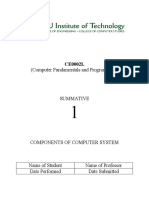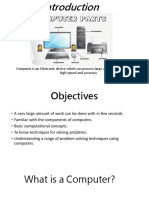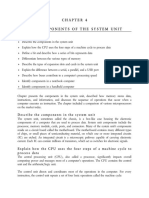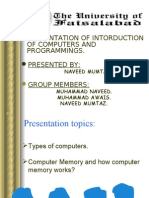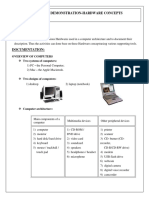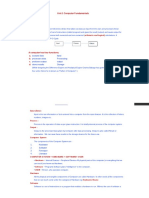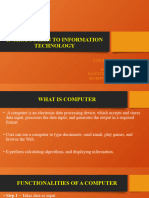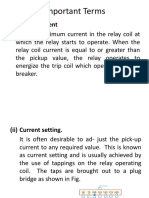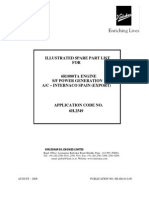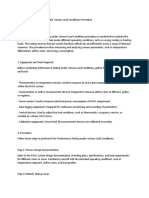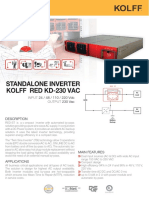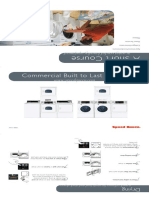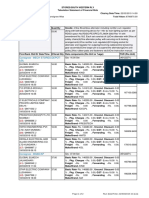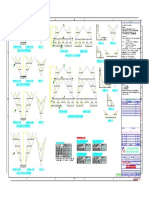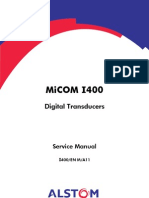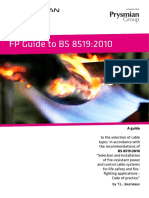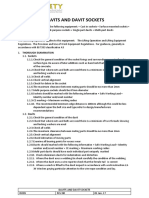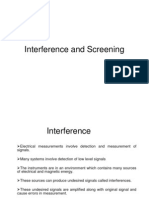0% found this document useful (0 votes)
155 views12 pagesActivity 1 - Basic Concepts of ICT
basic conceps of IC
Uploaded by
Winnie MallillinCopyright
© © All Rights Reserved
We take content rights seriously. If you suspect this is your content, claim it here.
Available Formats
Download as DOCX, PDF, TXT or read online on Scribd
0% found this document useful (0 votes)
155 views12 pagesActivity 1 - Basic Concepts of ICT
basic conceps of IC
Uploaded by
Winnie MallillinCopyright
© © All Rights Reserved
We take content rights seriously. If you suspect this is your content, claim it here.
Available Formats
Download as DOCX, PDF, TXT or read online on Scribd
/ 12

